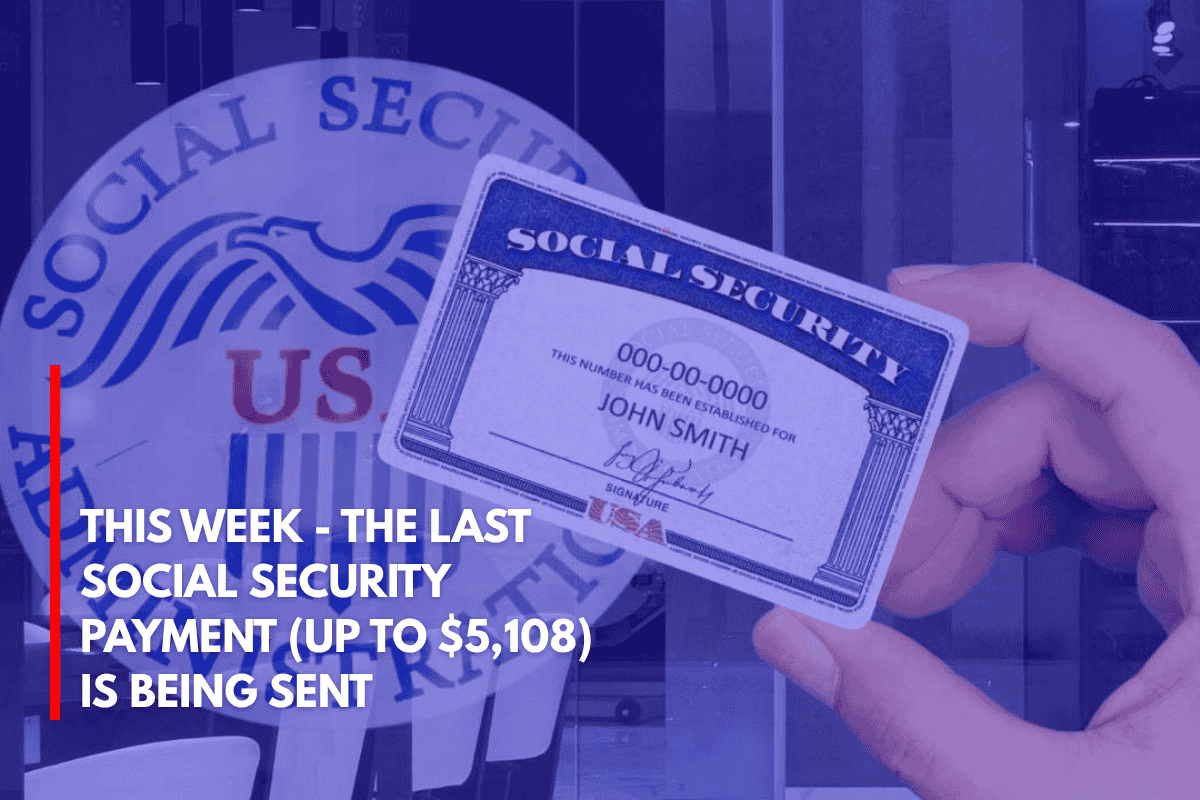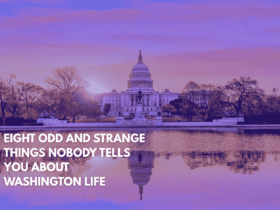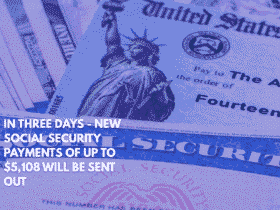The Social Security Administration (SSA) follows a staggered payment system for beneficiaries receiving retirement, Social Security Disability Insurance (SSDI), and survivor benefits.
June 2025 payments continued this pattern, with different dates depending on your birthdate. For Supplemental Security Income (SSI) recipients, June’s payment was advanced to May 30 due to June 1 falling on a Sunday, a non-processing day.
How the SSA Distributes Payments in June
The SSA distributes payments throughout the month based on the beneficiary’s birthdate. Here’s how it worked in June 2025:
Group 1: People who started receiving benefits before May 1997 got their payments on June 3.
Group 2: Beneficiaries born between the 1st and 10th of the month received their payments on June 11.
Group 3: Payments went out on June 18 for people born between the 11th and 20th.
Group 4: Those born between the 21st and 31st got their payments on June 25 (the fourth Wednesday of the month).
This system ensures the SSA can manage its operational workload while delivering benefits to millions of Americans in an orderly fashion.
Maximum Social Security Payments in June 2025
Here are the maximum monthly payments for 2025:
Early retirement (age 62): Up to $2,831 per month.
Full retirement (age 67): Up to $4,018 per month.
Delayed retirement (age 70): Up to $5,108 per month, which includes additional credits for waiting longer to retire.
To get the maximum of $5,108, a worker needs 35 years of maximum taxable earnings. The Social Security calculation uses the top 35 years of earnings, adjusted for inflation.
The Transition to Electronic Payments
A big change is coming in 2025: by September 30, 2025, the SSA will stop sending paper checks for Social Security and other federal benefits. This change impacts approximately 456,000 beneficiaries—around 0.7% of the 68 million total recipients.
Why is the change happening?
The shift is primarily due to security and efficiency concerns. According to the White House, paper checks are 16 times more likely to be lost, stolen, or altered compared to electronic payments. To help prevent fraud and ensure quicker, safer transactions, beneficiaries must switch to one of these electronic options:
Direct deposit to a bank account
Direct Express prepaid debit cards
Approved digital wallets (like PayPal or Venmo)
If beneficiaries do not update their payment method by the deadline, they could face delayed or suspended payments. For those facing significant challenges, there are options for exemptions by contacting the SSA or the Treasury Department.
Vulnerable Groups Affected
The transition to electronic payments could be difficult for some, especially vulnerable groups:
Seniors
Rural residents
Unbanked individuals
Those with limited digital skills
These groups are most likely to be affected by the shift, as they may have limited access to banking or digital tools.
What You Need to Do Before the Deadline
If you are still receiving paper checks, it’s important to switch to an electronic payment method before September 30, 2025. Here are the options:
Direct Deposit: Sign up to receive payments directly into your bank account or credit union.
Direct Express Prepaid Card: If you don’t have a bank account, request a government-issued prepaid card.
Approved Digital Wallets: You can also choose from other government-approved digital wallets for payments.
If you have difficulty switching, contact the SSA or Treasury Department for help or to apply for an exemption.











Leave a Reply